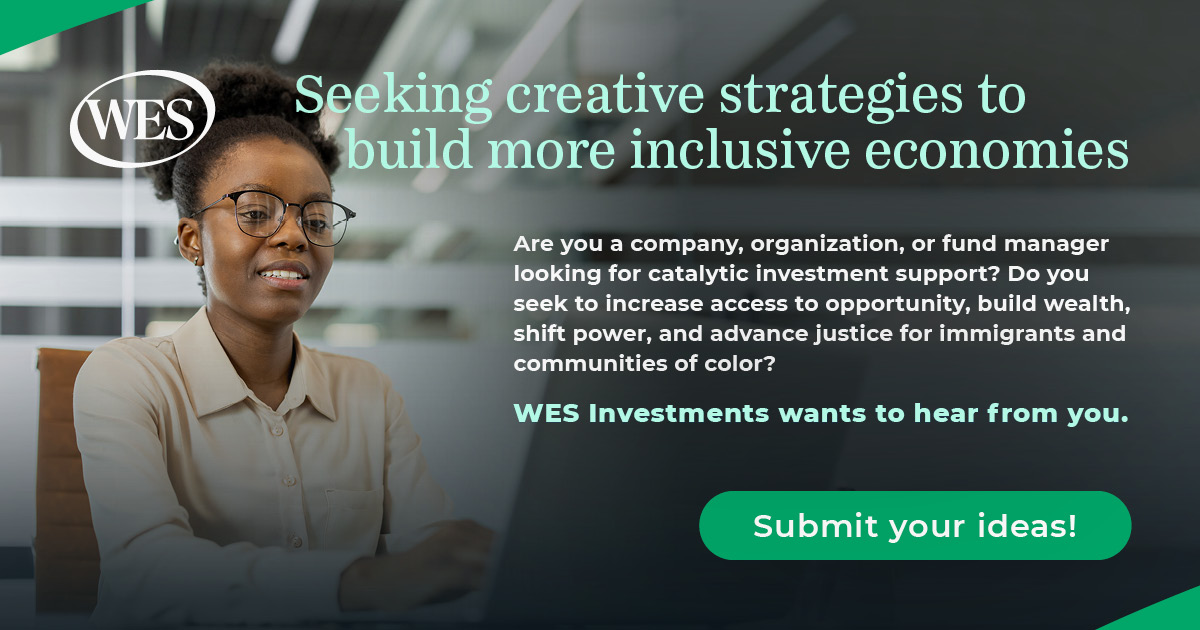Spoiler alert: We are planning to explore the concept of using a 10% gender lens on early stage deals in our next fund.
The data from research led by Peter Roberts of Emory University says that female-run, early stage, post accelerator enterprises are 15% more likely to be profitable than male-run businesses, though they are 40% less likely to get funded*. So, we are being conservative and say we will only weigh the gender lens by 10% when choosing early stage companies for our portfolio.
We expect to see that 10% premium for having a women-run team play in four areas: we will look for them to get a) better terms from vendors because they understand a more relational view of value exchange.

- Photo Courtesy of Jayson Carpenter
We expect to see it in b) higher margins gladly paid by customers because we expect those companies to listen better to what their customers want and give them the things they value the most.
We expect to see the gender lens bonus in c) measurable areas like employee retention, quality of workplace and the ability to hire top candidates because they put a “meaning premium” on working for women-led companies.
And, we expect to see the gender premium play itself out in d) the network of partners and ecosystem players they associate with that creates tangible good will.
We expect that final category to be the place where we will see them build value within a range of partnerships. From evolving past Barney-the-purple-dinosaur deals: “I like you, you like us, which helps build brands;” into “We plan to do more together in the future.” That can lead into joint ventures and other partnered come-to-market strategies, and in relationships that lead to mergers, acquisitions, sales, partial sales, or royalty deals.
Why do it? Well, I just got tired of people saying, “how do we use a gender lens?” I say, “let’s just do it and see what we learn.”
The numbers suggest that picking a group that outperforms is a way to reduce risk and increase financial return. Justice is just a positive externality if you design the financial system properly.
We plan to set up a collective intelligence process using some software that our SOCAP developer Exygy is building. The software will let people weigh in on where (within the categories of vendor relations, employee relations, customer relations, and community relations) that 10% should be looked for, and how its relative weight should be measured across the four different vectors.
* Note: Village Capital is an outlier among the impact accelerators; women-led teams are 200% more likely to get funded through Vil Cap’s peer due diligence process.





